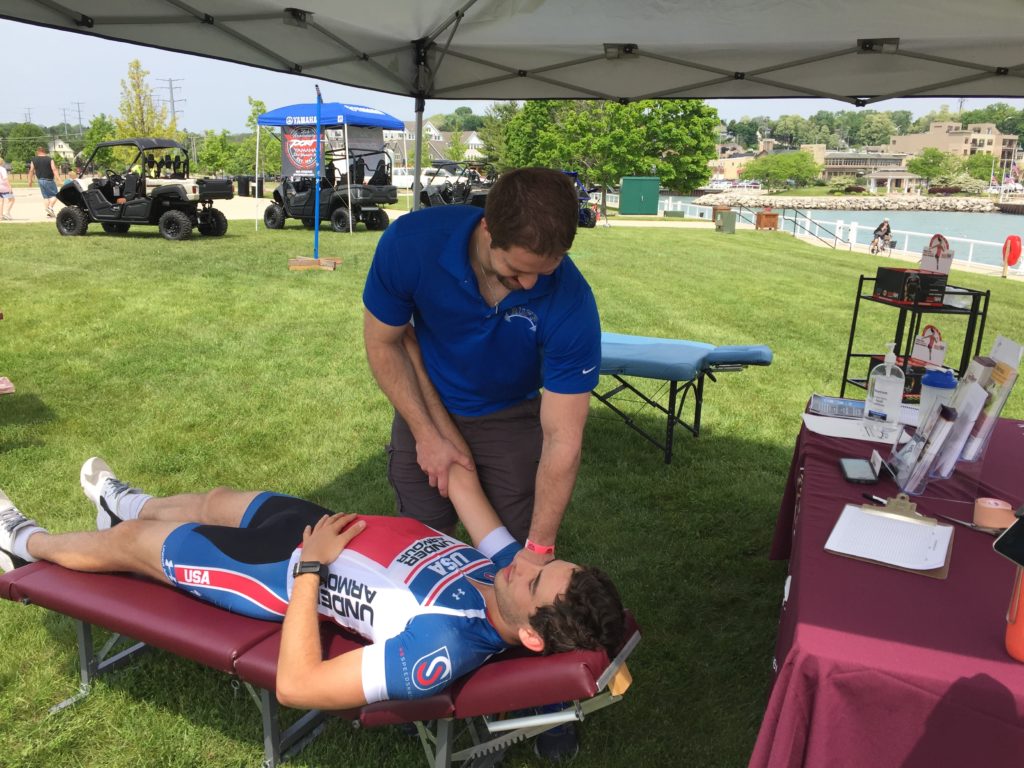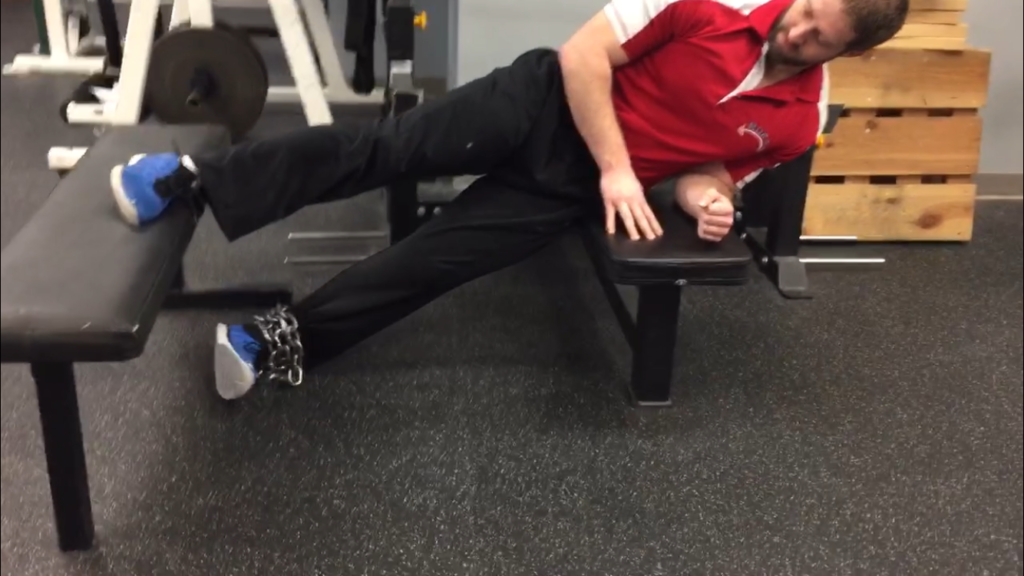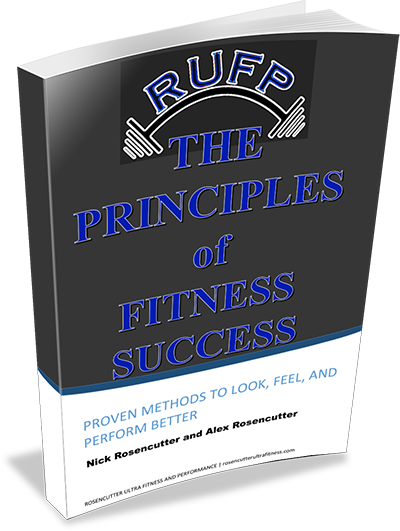Why I Dislike the Term “Deep Tissue Massage”
“So do you do deep tissue?” “This one person goes real deep. I’m usually hurting”
“Deep Tissue Massage” can be found advertised at most of your general massage studios as a special kind of massage that involves deeper pressure and reaches the deeper layers of muscle tissue and fascia. If you look at the anatomy of our body, we have multiple layers of fascia (a sort of webbing that holds all of our skeletal structures in place and connects our body parts into one working system) and different muscles that layer each other along different paths of our body (for example, our pec minor lies underneath our pec major in our chest; our rhomboid lies underneath our middle trapezius in our upper back). Whether or not an individual needs certain deeper or superficial structures to be manipulated will always depend on the person and situation; therefore, whatever kind of massage is supposedly being done (Swedish, deep tissue, trigger point massage, etc.) should not matter, as certain techniques may or may not need to be used depending on the client and the assessment that is done. Swedish style kneading may work well for a certain structure while Active Release or Rockblades might work well for another. The deeper pec minor might need to be worked on in one situation while maybe its just the pec major in another. So if you go and pay money for a massage, you should want to receive the appropriate work for what your body and your system is presenting with.
While simply trying to generalize and/or box in these massage terms or “styles” is something I’m not particularly fond of as a Licensed Massage Therapist, an even bigger irritant is the fact that “deep tissue” work is often performed with an excessive amount of compression that leaves people worse off than when they came in. I have had more than one occasion where a new client has come in from elsewhere with multiple bruises in multiple locations of their body from the “deep work” that they got. While some minor bruising can sometimes occur with certain modalities if a structure responds a certain way to treatment, excessive bruising is usually not a good thing, especially if its happening often. Also, flailing around on the table like a fish out of water because the “massage” is so painful is not doing anybody any good. I received a massage like this once well over a decade ago, before I ever knew I was going to go into manual therapy, and my body was so sore and trashed that my lifting sucked for an entire week. I walked out of that treatment room worse than when I went in. Some soreness after receiving tissue work? Totally normal. So trashed that you are weaker for a whole week? Shouldn’t happen. And this is not limited to massage therapists or massages; it can be just as bad with soft tissue treatments from certain chiropractors, physical therapists, etc. Excessively intense work is usually unnecessary and often does more harm than good.
When it comes down to it, anytime we intervene manually with someone’s body, we are applying a stress to the nervous system and we are giving an input to the brain. If that input is pain from touch that is too compressive and intense, what is that brain likely to do? It sure as hell isn’t going to relax anything. Those structures that we are trying to release, calm down and get to move better end up clamping down even harder as your brain tries to protect things. The “deep tissue work” just made things worse.
Treatment needs to be appropriate for what is found. If someone is excessively flared up and is overly sympathetic (stuck in fight or flight mode), full body relaxation work with appropriate techniques to calm the nervous system down might be needed. If they have a rotated pelvis with certain muscles that are overactive, maybe Active Release and specific instruments are needed. Maybe a specific form of trigger point release is needed. If the superficial fascia is not gliding well in one direction, perhaps some fascial glide work will do the trick. Regardless of which of these modalities is used, the depth that is needed and used will always depend on the structure that needs work, how that structure and adjacent structures are moving/sliding, the tone that they display, and the state of the nervous system. This is precisely why I simply offer “manual therapy.” What techniques I need to use and what I need to treat will depend on what each client presents with. ART? Could be a great tool for the job and it often is but the presentation will help guide whether I use it. Blades? Stones? Great for the right presentations. Deep tissue massage? Some deeper work may or may not be needed depending on the presentation but either way, the generic nature of the term still isn’t doing it for me. Heck, sometimes there isn’t much hands on work needed at all and some manual breathing techniques are all that are needed to do the trick.
Now, I have the luxury of doing specific work with clients in my own facility and people come and see me because they need help with specific problems. That being said, I understand that some clients do come in wanting certain modalities and as a straight massage studio, certain “options” are needed as part of a business model , and if someone comes in for a full body massage of any particular style (especially at a massage studio), obviously you need to give them their massage; however, I’ve always believed that part of my job as a therapist is to recommend, advise and provide the appropriate course of treatment to the best of my knowledge and abilities. (I promote certain techniques like ART since its a great treatment and many people seek it out for specific issues that they have; I get it. That doesn’t mean that I always use it; depends on what I see) So, during that massage, the therapist should at least adapt the massage to what they found with their assessment and what they find as they palpate during treatment. If you want deep, compressive work and enjoy flailing around on a table, power to you. (Note: not all deep work is compressive) If you actually want to get better and improve whatever issues you’re having, then make sure you are getting the appropriate treatment. The same thing is true if you go to a chiro or pt and get worked on. You should expect that they are treating appropriately based on what they find. Pressure and pain are not hard to create. Anybody without any training or education whatsoever can do that. You don’t even need to shell out your hard-earned money to get it done. Just ask your significant other or friend to dig into you. Hell, just piss them off and I’m sure they’ll have no problem doing it. Similarly, it is not hard to make someone gasp for air and sweat. Sprint around the block ten times and you can get that job done, but if you want specific adaptations and specific results, better find someone who actually understands anatomical and physiological adaptations of the body and has an idea of what they are actually doing. Treatment and training are no different in this regard.
Effective treatment is about finesse and getting the overactive tissue/fibers to release/relax, not compressing and creating excessive pain. It is both an art and a science and requires a good amount of skill and touch. Use of the appropriate modalities for the situation is key, whether that be a relaxation massage or a localized treatment with a specific tool. Deeper work just might be needed, but if it is it should be done with finesse and do the appropriate job, which is getting that overactive structure to let go. Deep tissue work? Maybe, just not in the sense that its often thought of.
-NR


